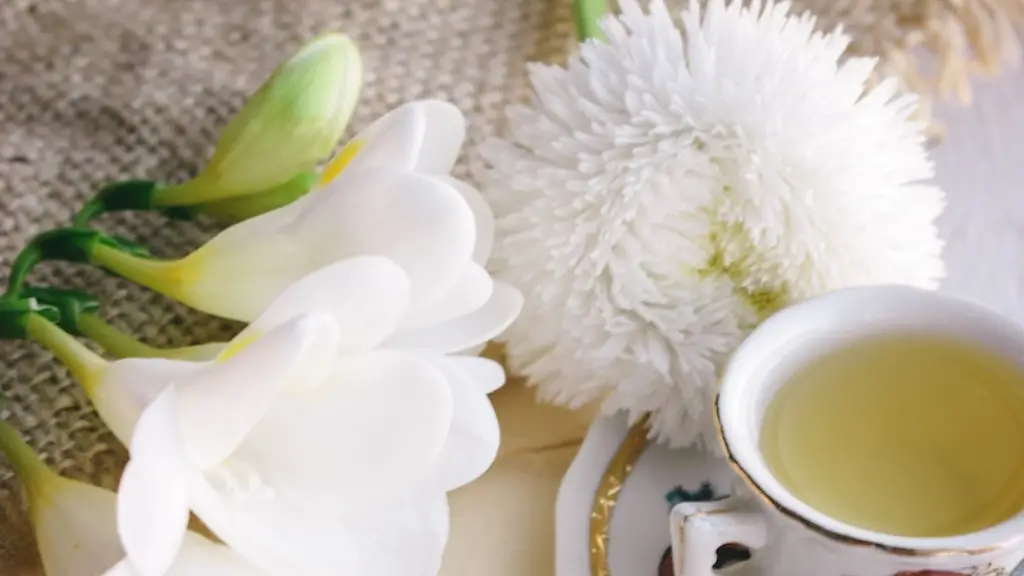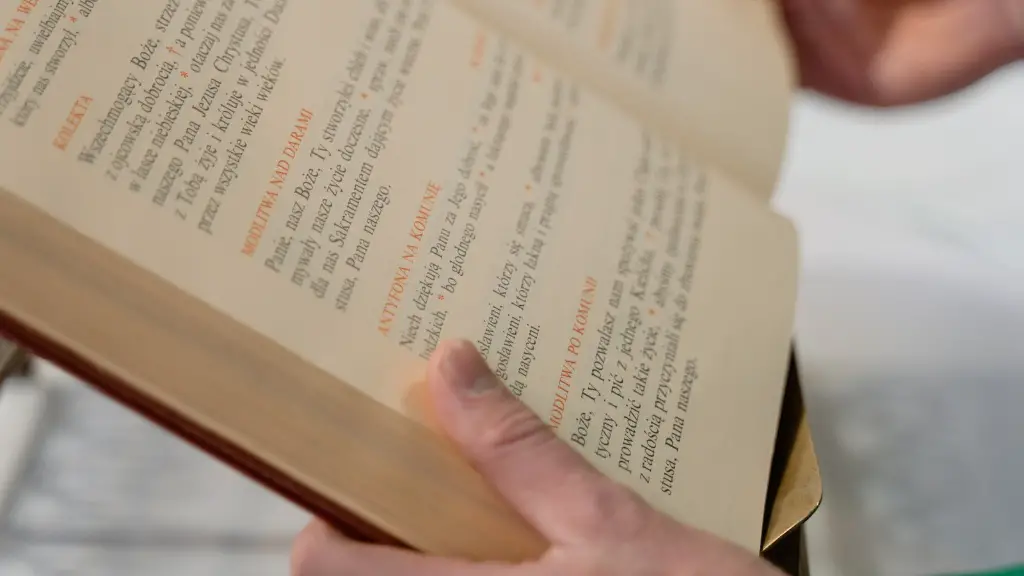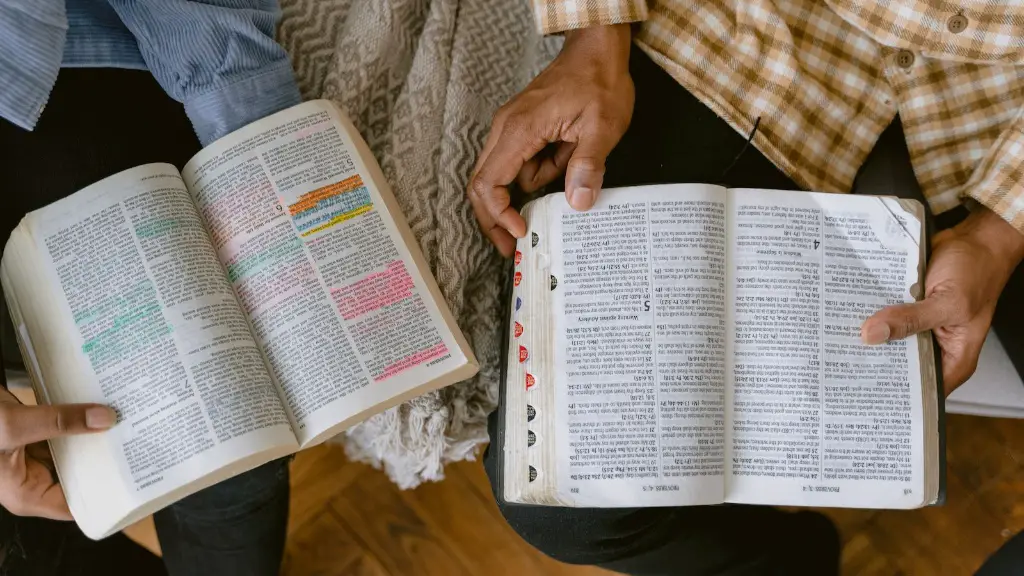Introduction
Music and poetry share a strong bond, with streams of poetic verses often nested amongst in harmony of musical instruments for an emotional and powerful effect. Good beat for poetry is essential for creating the perfect atmosphere for the audience to appreciate the beauty of the words. Making such an ideal beat for poetry isn’t as complicated as one may think. With a little bit of innovation, patience and practice, anyone can learn how to make a beat for poetry.
What You’ll Need
Essentially, in order to make a beat for poetry, you will need a computer with Digital Audio Workstation (DAW) software, such as Cubase, AVID, Garage band, ProTools, etc. You will also need a MIDI controller or keyboard to control your sound. Furthermore, you may need a microphone and sound dampening materials such as acoustic foam, if you intend to add vocal samples to your music.
Exploring Different Instrumentals
A great beat for poetry should be able to express the feelings and emotions that the words of the poem invoke. This means you should explore different instrumentals that could go with the flow of the poem. You could try the ‘call and response’ technique, which involves a single instrument that is repeated back and forth with the poem. You could also consider using a mixture of different instruments to give variation and texture to the beat. Sampling different pre-recorded instrumentals and then incorporating them into your own music is another great way to create a unique beat for poetry.
Creating the Right Tempo
The tempo of the beat for poetry should be dynamic and complement the flow of the poem. The beat should neither be too fast or too slow. Furthermore, it should be consistent, with minimal changes in speed so that the poem is not lost in the sound. An accelerating rhythm towards the climax of the poem is a good way to maintain intensity and engage the audience.
Consider the Melody and Sound Design
An important aspect to consider while making a beat for poetry is the melody. For example, if the poem is about heartache, then the melody should be soft and solemn, and vice versa; if the poem is about happiness, then the melody should be upbeat. Furthermore, a good sound design is essential for creating the desired atmosphere. You could layer different soundtracks, use effects to enhance the emotion and use silence strategically to emphasize certain words.
Producing the Beat
Once you have the musical composition ready, it’s time to produce the beat. You could start by recording the background sounds on a single track, then use the MIDI controller to add a melody of your choice. Once the melody has been added, you can divide the track into sections and add effects, vocal samples and other applications to further enhance the music.
Mixing and Mastering
Mixing, mastering and equalization are essential elements of producing a great sounding beat.Equalization helps to achieve the desired tone, while mixing ensures that all elements of the music, such as the instruments, vocals and sound effects, are blending perfectly. Mastering is the last step and helps to raise the sound level of the entire mix, as well as steady out frequencies and add extra polish.
Finalizing the Beat
You can finalize the beat by formatting it into the desired file format, such as MP3 or WAV. Once the beat has been finalized, you can now start mixing it with the poem. You can use washes of sounds, chords and synth to give the poem more depth and further enhance the emotion. Finally, you should practice and refine until the beat is perfect.
Conclusion
Making a good beat for poetry is tough but with a little bit of practice and the right techniques, you can create a beautiful piece of music to bring your words to life.


